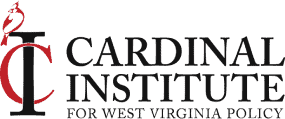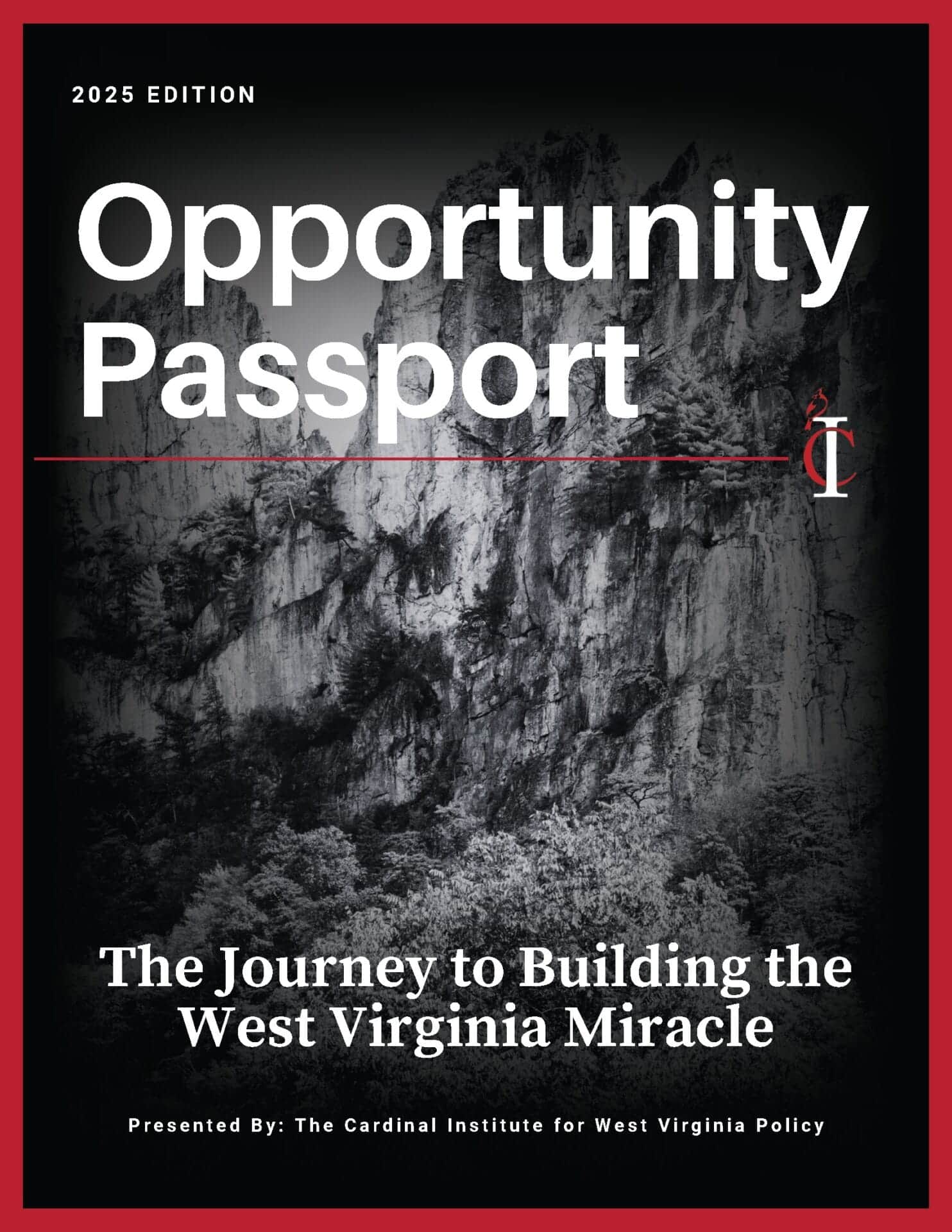
School Funding in West Virginia: Exposing False Messages
Cardinal Team
Misleading Messages in the Media
Thousands of West Virginia families are eagerly preparing to attend one of the state’s four new charter schools or use the Hope Scholarship for their child. Despite the progress our state has made in education freedom, misinformation about school funding is running rampant.
Over the past few weeks, The Intelligencer and WVNews.com have published two articles conveying a misleading message about West Virginia’s school funding formula. These articles did not contain lies, but they concealed key information to give a false impression that charter schools and the Hope Scholarship would harm existing public education.
How School Choice Funding Works in West Virginia
In fact, only a relatively small portion of funding leaves the public school system when a student leaves. The rest of the money remains to serve the remaining students. Student funding is composed of local, state, and federal dollars. The total amount changes slightly each year depending on the funding formula: $12,612 per student in 2018 and $14,114 in 2019.
For students using Hope, the amount is around $4,300, which is the state’s portion of education funding. (Originally this would’ve been $4,600, but the Treasurer’s Office withholds 5% to fund the management of the program.) All federal and local dollars associated with that student remain in the public school system. Even with the 2018 figure, that leaves $8,000 for West Virginia public schools to fund a student they are not educating.
The charter school funding formula works differently. Initially, charter school enrollment estimates determine how much money each school gets. Actual enrollment will be used in October to make corrections. Each charter school receives 90% of the per-pupil funding that would have gone to the student’s county school (local and state portions). The other 10% remains in the district. This means if a student from Wetzel County enrolls in West Virginia Academy, Wetzel County Schools gets to keep 10%. West Virginia Academy receives $6,014.01, based on recent funding estimates. This is less than half of the overall amount of education dollars including all local, state, and federal funding.
Fund Students Not Systems
All funding should follow the student to the education that best fits that unique student. But even in the current system, the traditional public school retains funding for a student who has unenrolled. That’s a benefit when a student leaves using the Hope scholarship or for a charter school.
It is a mistake to paint such programs, which have worked marvelously in other states, in a negative light. West Virginians should want students to have the best chance for success regardless of who gets paid.
Andrew Bambrick is the Education Outreach Coordinator for the Cardinal Institute for West Virginia Policy.







